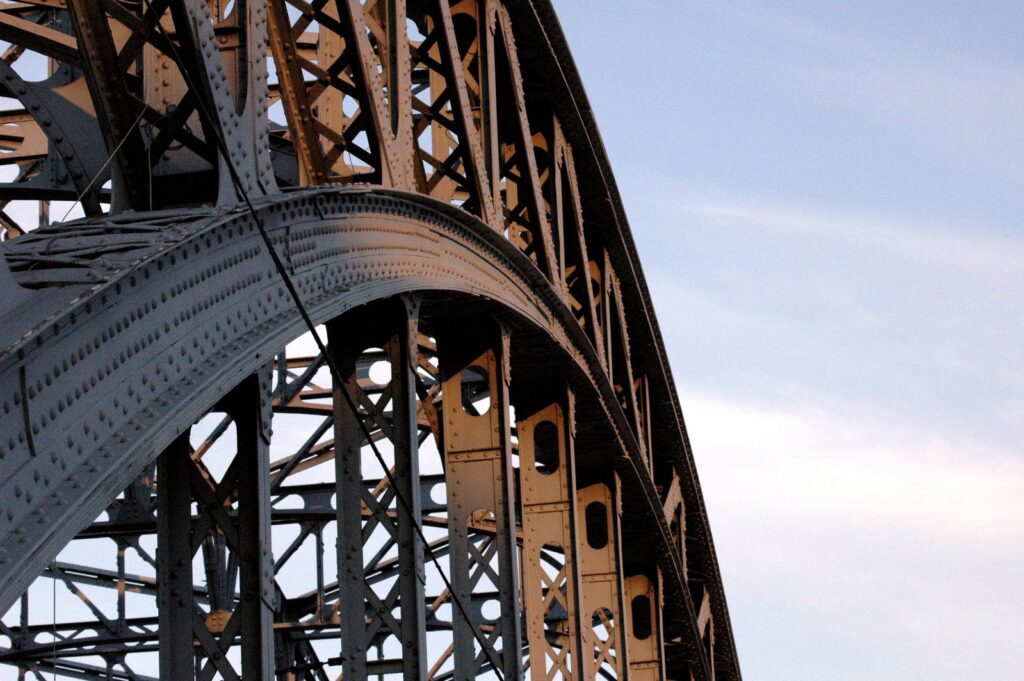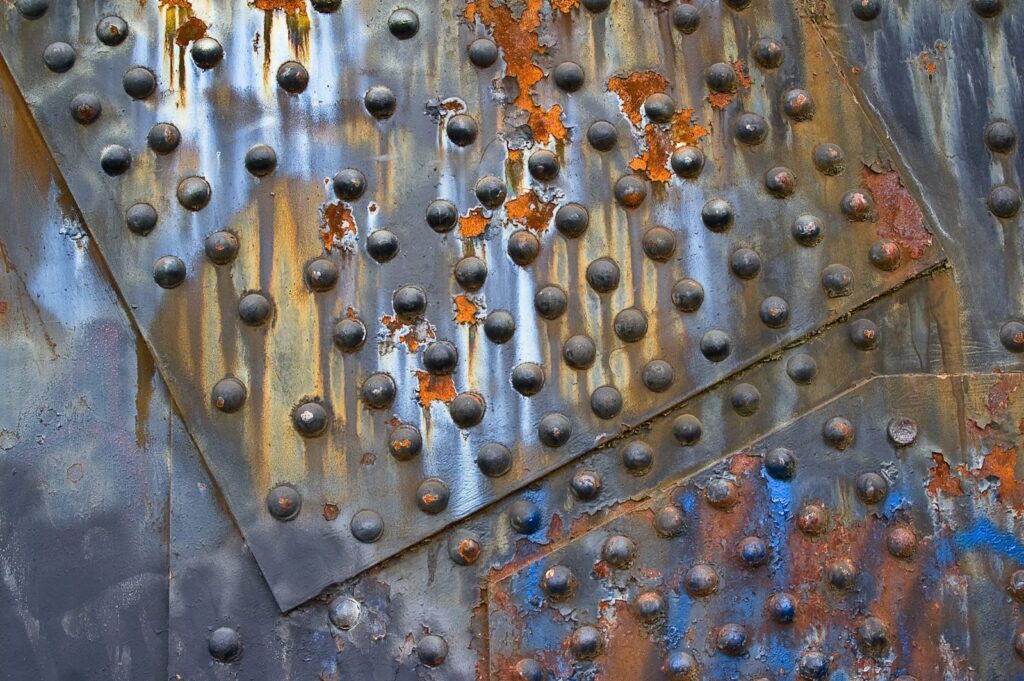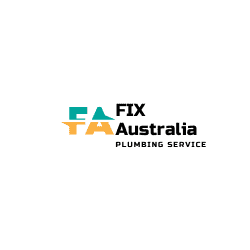Steel fixing is a critical element in modern construction, underpinning the strength and durability of buildings and infrastructure. It involves the precise positioning and securing of steel reinforcements within concrete, a process essential for the structural integrity of any construction project.
This article delves into the world of steel fixing, exploring its techniques, challenges, and the role it plays in shaping modern architecture.
Why Needs Steel Fixing?
Steel fixing is the art of preparing and placing steel reinforcements, such as bars, meshes, and cages, within concrete structures. Originating in the early 20th century, it has become an indispensable part of the construction industry. The tools of the trade range from simple hand tools for tying wire to sophisticated machinery for bending and cutting steel bars.

The Role of Steel Fixing in Construction
The primary role of steel fixing in construction is to impart tensile strength to concrete structures. Concrete, while strong under compression, is weak in tension. Steel fixing addresses this limitation, enabling the construction of diverse structures, from residential buildings to large-scale infrastructures like bridges and skyscrapers.
Techniques Used in Steel Fixing
Steel fixing, a vital component in construction, involves specific techniques that ensure the structural integrity of concrete frameworks. This process requires precision, expertise, and an understanding of engineering principles. The techniques used in steel fixing are not only about placing and securing steel bars within concrete but also about ensuring these reinforcements are positioned in a way that maximizes the strength and durability of the structure. Here, we explore some of the key techniques employed in the field of steel fixing.
1. Reading and Interpreting Blueprints
A fundamental aspect of steel fixing is the ability to accurately read and interpret blueprints and construction plans. This skill ensures that the steel reinforcements are placed precisely as per the architectural and engineering specifications.
2. Cutting and Bending Steel Bars
Steel fixers use a variety of tools to cut and bend steel bars to the required shapes and sizes. Precision in this step is crucial as it affects how well the bars fit into the concrete forms and how effectively they reinforce the structure.
3. Tying and Fastening
After cutting and bending, the steel bars are tied together using wire or welded in place. This process is essential for maintaining the integrity of the steel framework within the concrete. The technique of tying is as much about strength as it is about ensuring ease of concrete placement.
4. Placement and Positioning
Correct placement and positioning of the steel reinforcement within the concrete forms are vital. The steel must be placed in a way that it remains undisturbed during the concrete pour and is completely encapsulated by the concrete, without touching the formwork.
5. Using Rebar Chairs and Spacers
Rebar chairs and spacers are used to maintain the correct positioning of the rebar within the concrete. These tools ensure that the rebar is held at the proper height and spacing as per the design specifications, which is critical for the structural performance of the concrete.
6. Checking and Adjustments
Continuous checking and adjustments during the steel fixing process are important to ensure accuracy. This step involves verifying alignments, spacings, and the overall setup before the concrete is poured.
7. Adapting to Special Requirements
Different construction projects may have unique requirements based on their design, load-bearing needs, or environmental factors. Steel fixers must adapt their techniques to meet these specific demands, ensuring the reinforcement is suitable for the structure’s intended purpose.

Safety Measures and Best Practices Used in Steel Fixing
In the world of steel fixing, safety is not just a concern; it’s a priority. The inherent risks associated with the handling and placement of steel in construction demand rigorous safety measures and adherence to best practices. By prioritizing safety, steel fixers not only protect themselves but also ensure the quality and reliability of their work. Below, we explore the key safety measures and best practices that are essential in the field of steel fixing.
1. Personal Protective Equipment (PPE)
The use of appropriate Personal Protective Equipment is fundamental in steel fixing. This includes hard hats, safety glasses, gloves, and steel-toed boots to protect against physical injuries. High-visibility clothing is also crucial, especially in busy construction sites, to ensure workers are easily seen.
2. Training and Awareness
Regular training sessions are vital for keeping the workforce informed about the latest safety protocols and procedures. This includes training in handling tools and machinery, understanding safety signage, and being aware of potential hazards on the construction site.
3. Ergonomics and Handling Techniques
Given the physical nature of steel fixing, proper ergonomics and handling techniques are crucial to prevent strain and injury. Workers should be trained in correct lifting techniques and the use of mechanical aids for moving heavy materials.
4. Fall Protection
In projects where working at heights is necessary, fall protection measures are critical. This includes the use of safety harnesses, guardrails, and other fall arrest systems to prevent accidents.
5. Regular Equipment Maintenance
Regular maintenance of tools and machinery is essential to ensure they are safe and functional. Faulty equipment not only poses a risk to safety but can also lead to project delays.
6. Emergency Preparedness
Having a well-planned emergency response procedure is crucial. This includes having first aid kits readily available, training workers in basic first aid, and having clear procedures for emergency situations.
7. Site Organization
A well-organized construction site reduces the risk of accidents. This involves clear marking of hazardous areas, proper storage of materials, and ensuring that the site is free from unnecessary clutter.
8. Continuous Monitoring
Ongoing monitoring and assessment of safety practices on site help in identifying potential risks early. Regular safety audits and inspections ensure that safety standards are consistently maintained.
Challenges in Steel Fixing
Steel fixing, a crucial phase in construction, is fraught with challenges that test the skills and resilience of professionals in the field. These challenges range from technical difficulties to environmental and logistical issues, each requiring a unique approach and solution. Understanding these challenges is key to appreciating the complexity and importance of steel fixing in the construction industry.
1. Technical Complexities
One of the primary challenges in steel fixing is dealing with the technical complexities of modern architectural designs. As buildings become more intricate and ambitious, the task of accurately placing and securing steel reinforcements becomes increasingly complicated. Steel fixers must interpret complex blueprints and ensure precise alignment and positioning of the steel within concrete structures.
2. Tight Deadlines
In the fast-paced world of construction, steel fixers often face tight deadlines. Balancing speed with accuracy is crucial, as any mistake can compromise the structural integrity of the project. This pressure can be intense, especially in large-scale or high-profile projects where delays can have significant financial and reputational repercussions.
3. Environmental Factors
Environmental conditions present another significant challenge. Working in extreme weather conditions, such as intense heat, cold, or rain, can affect both the workers’ safety and the quality of the steel fixing work. Additionally, environmental regulations and sustainability concerns are increasingly shaping how steel fixing is conducted, requiring professionals to stay updated and adaptable.
4. Safety Risks
The inherent risks associated with working with heavy materials and at heights add to the challenges of steel fixing. Ensuring worker safety requires strict adherence to safety protocols, proper training, and the use of appropriate safety equipment. Accidents in steel fixing can lead to severe injuries, making safety a top priority in this field.
5. Material Handling and Logistics
Managing the logistics of steel delivery and handling on construction sites is another challenge. Steel fixers must coordinate the storage, movement, and placement of large amounts of heavy steel, often in confined or difficult-to-access spaces. Efficient logistics management is essential to keep the project on schedule and within budget.
6. Workforce Skills and Shortages
Finally, the skill level of the workforce and potential labor shortages can impact steel fixing. The field requires a high level of expertise and experience, and a shortage of skilled workers can lead to delays and increased costs. Continuous training and development are necessary to maintain a competent workforce capable of handling the demands of modern construction projects.
Check: Balcony Waterproofing Without Removing Tiles
Advancements and Innovations
The field of steel fixing has witnessed significant advancements, including the adoption of automated machinery and the introduction of new materials. These innovations have streamlined processes and enhanced the quality and durability of steel reinforcements.
Types of Steel Used in House and Building Construction
In the construction of houses and buildings, selecting the appropriate type of steel for reinforcement is crucial for ensuring the structural strength and longevity of the project. Different types of steel offer varied properties, making them suitable for specific applications in construction. This section will detail the types of steel typically used, along with considerations for their quality, size, and measurements.
Carbon Steel
Carbon steel is the most commonly used type of steel in construction due to its strength and flexibility. It is an alloy of iron and carbon and may include small amounts of other elements.
- Used in general construction for structural reinforcement due to its high strength-to-weight ratio.
Stainless Steel
Stainless steel is known for its corrosion resistance, making it ideal for use in environments prone to corrosion, such as coastal areas.
- Often used in exposed parts of buildings or in areas where corrosion is a concern.
Alloy Steel
Alloy steel contains varying amounts of other elements such as manganese, silicon, nickel, and chromium, which enhance its mechanical properties.
- Suitable for specific applications where unique properties like high strength or resistance to wear and tear are required.
Quality Considerations
- Grades and Standards: Discuss the importance of adhering to specific steel grades and standards for safety and compliance.
- Certification: The significance of using certified steel products for quality assurance.
Size and Measurement Specifications
- Rebar Sizes: Outline the common sizes of reinforcement bars used in construction.
- Measurement Standards: Detail the standards for measuring and cutting steel to ensure accuracy and efficiency in construction.
Check: How to fix a Leaking Shower Head Australia?
Fix Australia: Leading Steel Fixing Contractor in Australia
Fix Australia stands out as a leading steel fixing contractor in Australia, with over 5 years of experience in the industry. Known for their expertise in handling a range of construction challenges, Fix Australia has been instrumental in the successful completion of numerous high-profile projects, setting a benchmark in quality and innovation.
Conclusion
Steel fixing is a crucial yet often overlooked aspect of the construction process. It is essential for the strength and longevity of buildings and infrastructure. As the construction industry continues to evolve, the role of skilled steel fixers and innovative companies like Fix Australia remains vital to contact.
